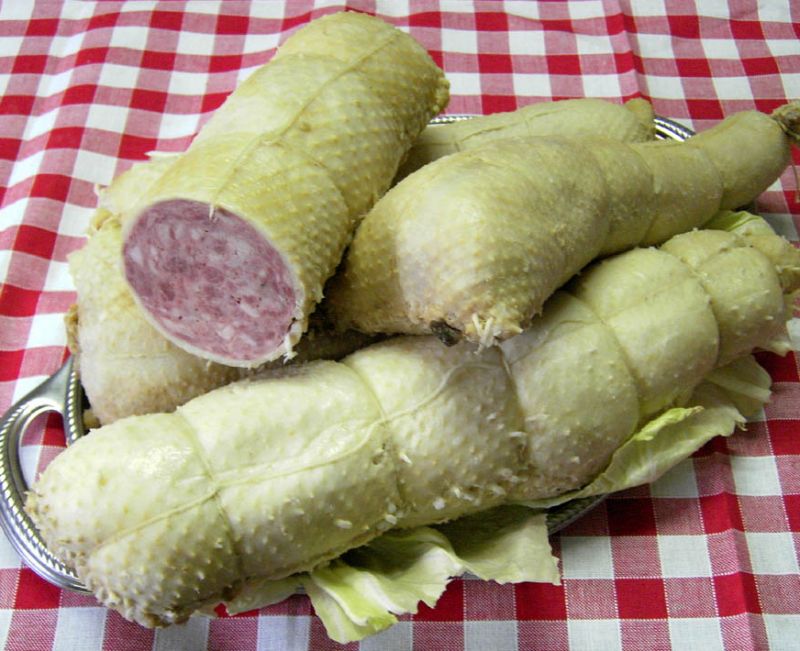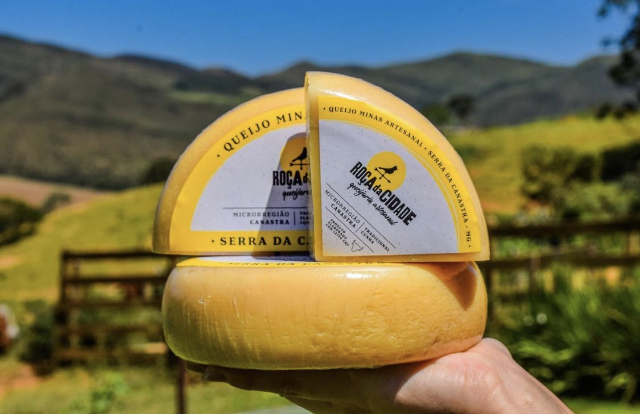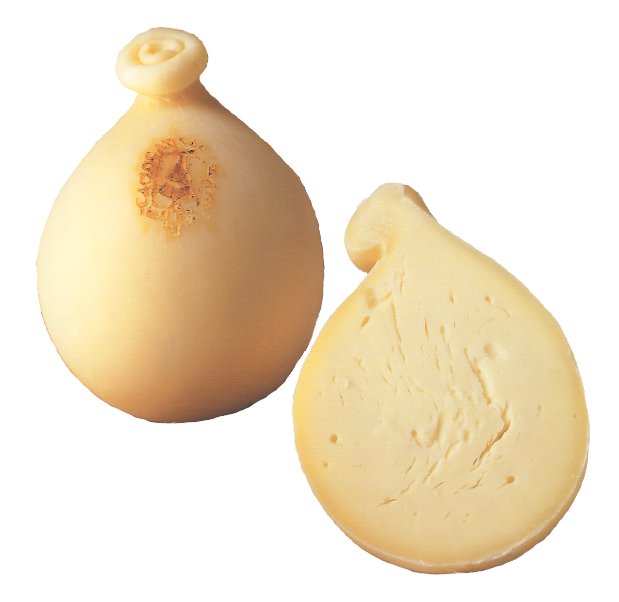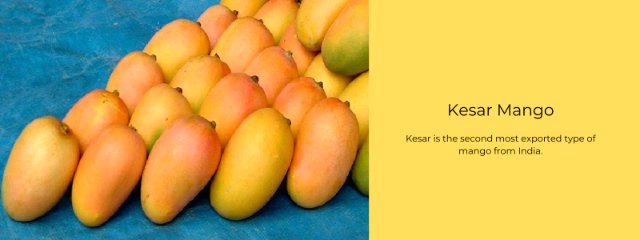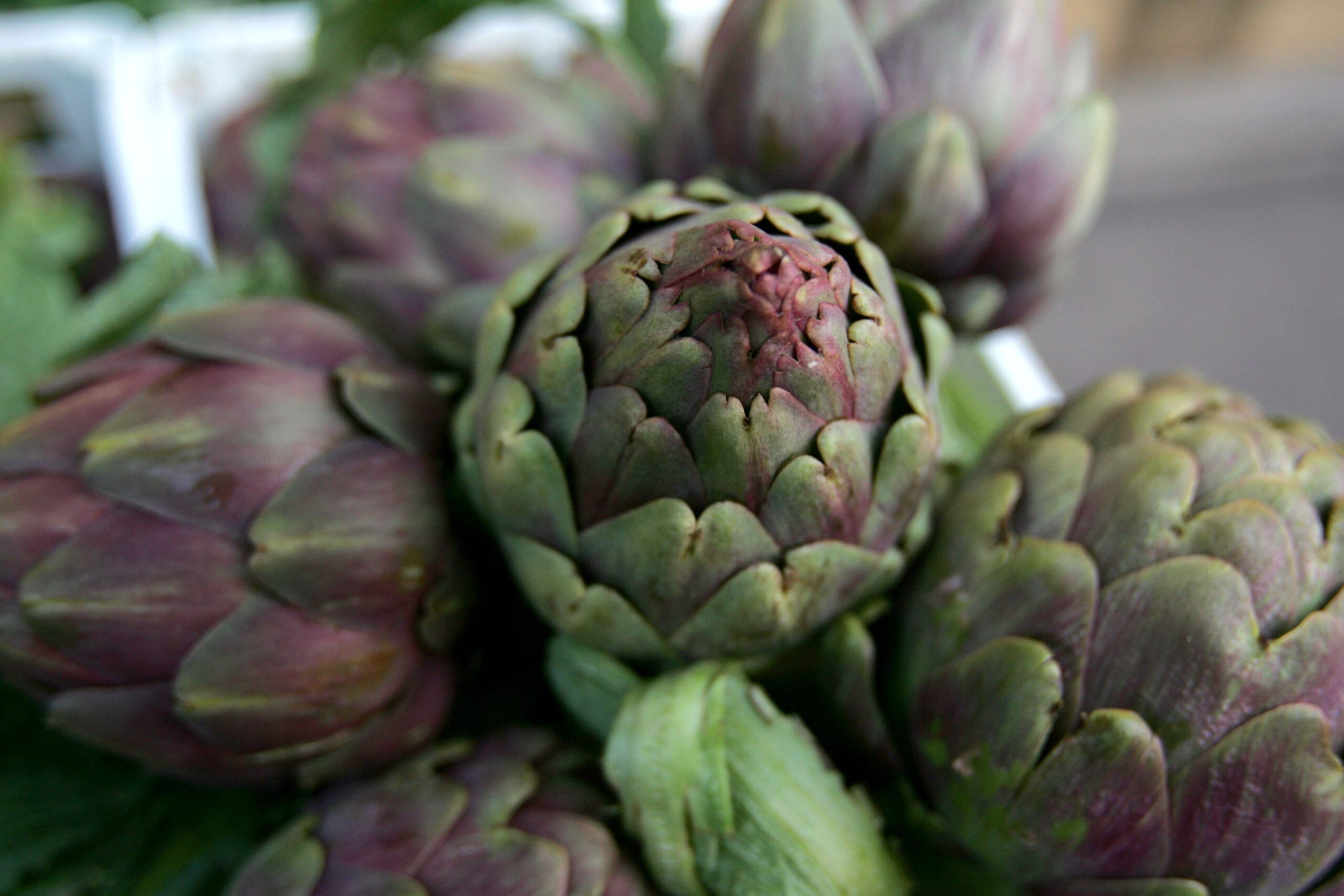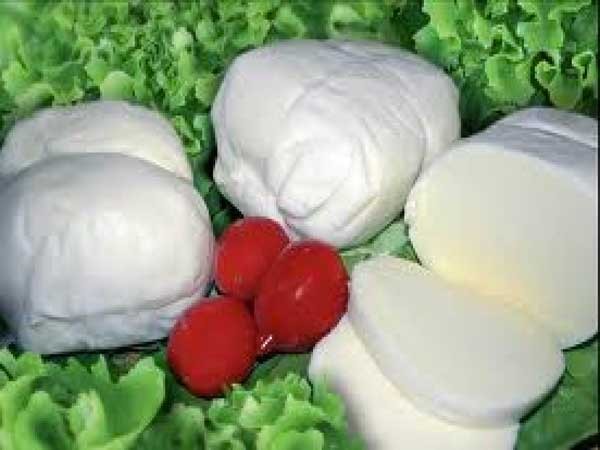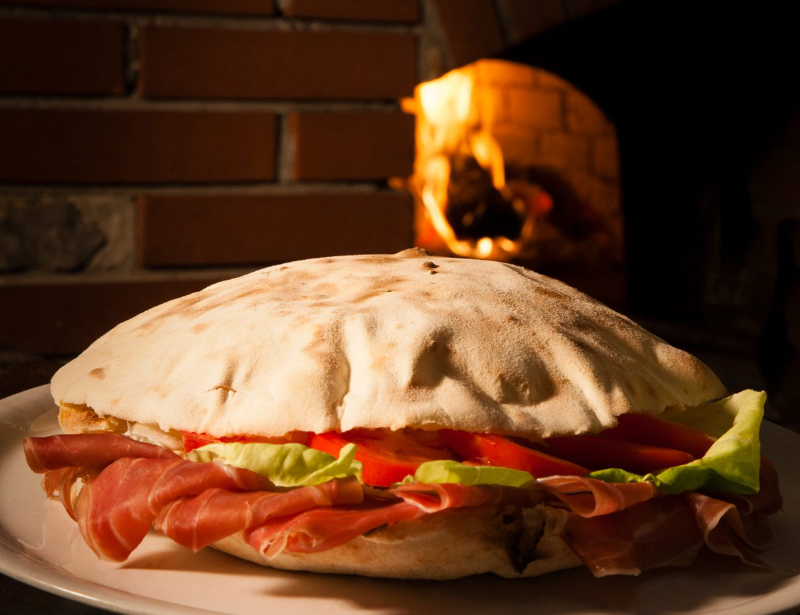Mortara goose salami is produced in the town of the same name in the province of Pavia, located on the border between Lombardy and Piedmont. Probably among the inspirers of goose salami were the Jewish communities, widespread in the Mortara area, who probably commissioned local salami makers to make goose salami and cracklings, in homage to the dictates of kosher cuisine, which does not allow the consumption of pork.
Mortara IGP goose salami, however, is ultimately composed mainly of pork and contains only 30 percent goose meat. In fact, as a taste it does not differ much from a pork salami.
The production area of Mortara goose salami is located in the municipality of the same name in the province of Pavia.
It is made from the meat of geese born, raised and slaughtered within the territories of the regions of Lombardy, Piedmont, Emilia Romagna, Veneto, Trentino Alto Adige and Friuli Venezia Giulia. Geese in the last 3 months are fed exclusively on green fodder and grain.
The slaughtered animal must have an average weight of not less than 4 kilograms. The pork in the mixture comes from animals that meet the specifications for Parma and San Daniele PDO hams.
Mortara goose salami differs from common salami in that it is cooked. Its processing is otherwise quite similar to other types of salami: chopped goose meat (minimum 30 percent) and pork is mixed with salt, pepper and various aromas, as well as, unfortunately, nitrites and nitrates. The mixture is then wrapped in goose skin, sewn and tied, tightly covered with a cloth.
After drying for a few days, it is then cooked in hot water, not boiling, after pricking. Once ready it is allowed to cool.
The color of the slice indicates the nature of the meat: the white of the fat is contrasted by the dark red of the goose meat and the pinkish of the pork.
Mortara Ecumenical Goose Salami.
This different salami is certainly more interesting than the classic one because it is made of 100 percent goose meat, ground, stuffed in the goose’s neck and cured like a traditional salami, so it is uncooked. This allows some producers to use only nitrate (however, it is necessary to assess the presence of only nitrate by reading the label, as there is no specification that protects against the absence of nitrite), and thus offer not only a product that is totally different from other pork salamis, but also one that can be introduced into one’s diet as it contains no harmful additives.
